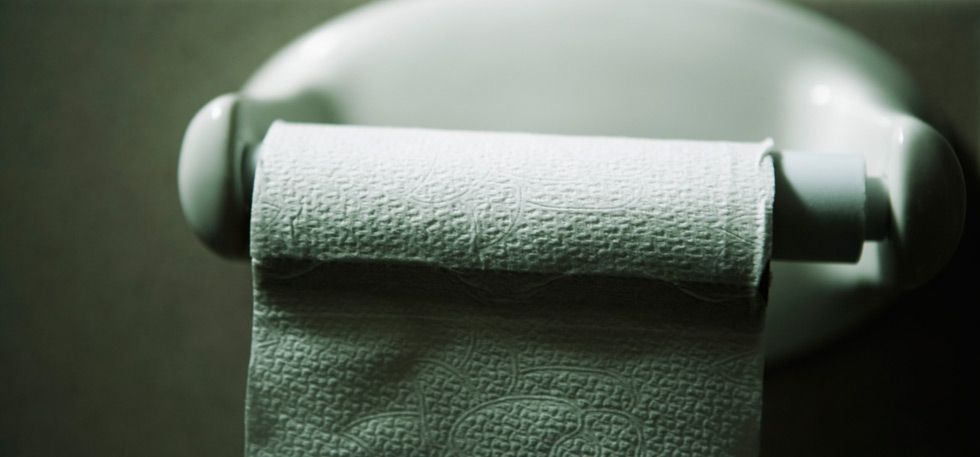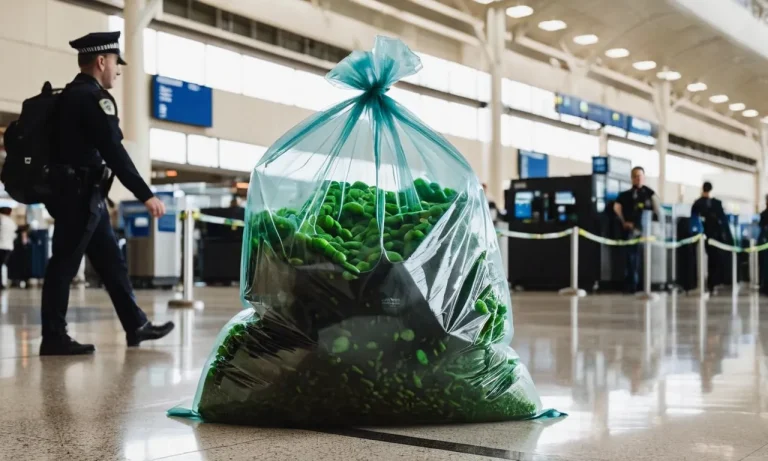The use of toilet paper is a common practice in many parts of the world, but what about in India? With a population of over 1.3 billion people, India has a diverse mix of cultures, customs, and bathroom habits.
If you’re wondering whether toilet paper is used in India, the answer isn’t completely straightforward.
If you’re short on time, here’s a quick answer to your question: While toilet paper is available in India, especially in hotels and more affluent homes, its use is not yet widespread across the country.
Most Indians, particularly in rural areas, still prefer using water to clean themselves after using the toilet.
Cultural and Historical Context of Toilet Habits in India
To understand toilet habits in India, it is important to delve into the cultural and historical context that has shaped these practices over the years.
In India, the use of water for personal hygiene, particularly in the bathroom, has been deeply ingrained in the culture for centuries.
Traditional Use of Water Instead of Toilet Paper
Traditionally, Indians have relied on water for cleansing after using the toilet. This practice is deeply rooted in religious and cultural beliefs, as well as the availability of water sources such as rivers and ponds.
The use of water, often with the help of a vessel or a bidet-like device called a “lotah,” is considered more hygienic and thorough compared to the use of toilet paper.
Moreover, the concept of using water instead of toilet paper aligns with the concept of “Shoucha” in Hinduism, which emphasizes cleanliness as a virtue.
It is believed that water not only cleanses the body physically but also spiritually, promoting overall well-being.
Introduction of Toilet Paper in Urban Areas
In recent years, with urbanization and globalization, the use of toilet paper has started to gain popularity in urban areas of India.
The convenience and familiarity of toilet paper, which is commonly used in Western countries, have led to its adoption in many urban households, hotels, and public restrooms.
This shift can be attributed to various factors, including increased exposure to Western cultures, a rise in disposable income, and the availability of commercial toilet paper products in the market.
However, it is important to note that the use of toilet paper remains relatively limited compared to the traditional practice of using water.
Perceptions and Stigmas Around Toilet Paper Use
While the use of toilet paper is becoming more common in urban areas, there still exists a certain stigma and perception around its use in India.
Some people view the use of toilet paper as wasteful, environmentally unfriendly, and less effective compared to water.
Additionally, the cost and availability of toilet paper can be a barrier in many parts of the country, especially in rural areas where water remains the preferred method for personal hygiene.
Furthermore, cultural beliefs and traditions continue to influence the preference for water over toilet paper in many Indian households.
It’s important to recognize that toilet habits can vary greatly across different regions and communities within India.
While some individuals and households have embraced the use of toilet paper, the traditional practice of using water remains deeply rooted in the cultural and historical context of the country.
Availability and Use of Toilet Paper in Different Regions
When it comes to toilet habits in India, the use of toilet paper varies across different regions. While toilet paper is commonly used in urban areas, its availability and use in rural areas are relatively limited.
Let’s take a closer look at the availability and use of toilet paper in various settings.
Urban vs Rural Areas
In urban areas of India, toilet paper is readily available and commonly used in households.
With the influence of Western culture and modernization, many Indian households have adopted the use of toilet paper as a hygiene practice.
Supermarkets, convenience stores, and online retailers offer a wide range of toilet paper brands and varieties to cater to the urban population’s needs.
On the other hand, in rural areas, the availability and use of toilet paper are not as prevalent.
Due to various reasons such as limited access to modern amenities, lack of awareness, and cultural practices, rural communities often rely on alternatives such as water, bidets, or traditional methods like using leaves or water-filled mugs for cleansing after using the toilet.
Hotels and Public Toilets
In hotels and public toilets across India, the availability of toilet paper varies. In upscale hotels and restaurants, toilet paper is usually provided as a standard amenity.
However, in budget accommodations or public toilets, the provision of toilet paper may be inconsistent or even absent.
It is worth noting that many public toilets in India follow the practice of using water for cleansing, as it is considered more hygienic.
Government initiatives like the Swachh Bharat Mission have also focused on promoting the use of water and improving sanitation facilities across the country.
Homes of Middle and Upper Classes
In the homes of the middle and upper classes in India, the use of toilet paper is more common.
With increased disposable income and exposure to global trends, many households have embraced the use of toilet paper as a convenient and hygienic option.
However, it is important to highlight that the use of toilet paper is not a universal practice among all Indian households, even among the middle and upper classes.
Cultural practices, personal preferences, and regional customs play a significant role in shaping toilet habits.
It’s also worth mentioning that sustainable alternatives to toilet paper, such as bidets or eco-friendly toilet paper made from recycled materials, are gaining popularity in India as people become more conscious of environmental concerns.

Initiatives to Increase Toilet Paper Use
India is a country known for its diverse cultural practices, and one aspect of this is the use of toilet paper.
Traditionally, Indians have relied on water and hand-held bidets, known as “lotas,” for personal hygiene after using the toilet.
However, in recent years, there have been initiatives to increase the use of toilet paper in India. These initiatives aim to promote better sanitation practices and improve hygiene standards across the country.
Government Campaigns for Better Sanitation
The Indian government has launched several campaigns to promote better sanitation practices, including the use of toilet paper.
One such campaign is the Swachh Bharat Abhiyan, or Clean India Mission, which was launched in 2014.
This nationwide campaign aims to eliminate open defecation and improve access to toilets in both urban and rural areas.
As part of this campaign, the government has been actively promoting the use of toilet paper as an alternative to traditional methods.
They have also been working on increasing the availability and accessibility of toilet paper in public restrooms and households.
According to a report by the Ministry of Drinking Water and Sanitation, the Swachh Bharat Abhiyan has resulted in the construction of over 100 million toilets across the country.
This has led to an increased demand for toilet paper as people are becoming more aware of the importance of maintaining proper hygiene.
Growth of Manufacturing and Marketing of TP
With the growing demand for toilet paper in India, there has been a significant increase in the manufacturing and marketing of toilet paper products.
Several Indian companies have started producing toilet paper locally, reducing the dependence on imports.
This not only helps in promoting local industries but also makes toilet paper more affordable and accessible to the masses.
Furthermore, international brands have also entered the Indian market, bringing with them a wide range of toilet paper options.
These brands have been actively marketing their products and educating consumers about the benefits of using toilet paper for personal hygiene.
Changing Cultural Attitudes Among Youth
Another factor contributing to the increase in toilet paper use in India is the changing cultural attitudes among the youth.
With globalization and exposure to Western practices, young Indians are becoming more open to adopting new hygiene habits, including the use of toilet paper.
They see it as a more convenient and hygienic option compared to traditional methods.
The influence of social media and the internet has also played a significant role in shaping these changing attitudes.
As young Indians are exposed to different cultures and practices from around the world, they are more inclined to adopt new ideas and products, including toilet paper.
Environmental Impacts of Toilet Paper Use in India
Toilet paper usage has become a common practice in many parts of the world, but in India, it is not as prevalent. However, as India continues to develop and modernize, the use of toilet paper is gradually increasing.
While toilet paper may seem like a convenient and hygienic option, its widespread use can have significant environmental impacts.
Water Shortages and Droughts
India is a country that faces frequent water shortages and droughts, particularly in certain regions. The production of toilet paper requires a substantial amount of water. Research shows it takes about 37 gallons of water to produce a single roll of toilet paper.
Imagine the amount of water that would be consumed if every household in India started using toilet paper on a regular basis.
Besides the water used in production, toilet paper also adds to the strain on water resources during disposal.
In India, many sewage systems are already overwhelmed, and the addition of toilet paper can exacerbate this problem.
The excessive use of toilet paper can lead to clogged drains and sewage blockages, causing further strain on the already limited water supply.
Issues With Sewage and Waste Disposal
The disposal of toilet paper in India poses significant challenges. In many parts of the country, the sewage system is not equipped to handle large quantities of toilet paper.
The paper can easily clog pipes and result in expensive repairs.
Additionally, the waste treatment plants may not be able to efficiently process the increased volume of toilet paper, leading to environmental pollution.
Furthermore, the majority of Indian households do not have access to proper waste management systems.
This means that toilet paper often ends up in landfills or is improperly disposed of, further contributing to environmental pollution.
The decomposition of toilet paper in landfills can take several months or even years, releasing greenhouse gases in the process.
It is important to consider these environmental impacts when discussing the use of toilet paper in India. While it may seem like a small individual choice, the cumulative effects can be significant.
Therefore, it is crucial to explore alternative options that are more sustainable and environmentally friendly.
Conclusion
While toilet paper use is on the rise in urban areas of India, traditional methods like water, small buckets and even leaves are still commonly used for anal cleansing by the majority of Indians.
The Indian government is working to improve sanitation across the country, which may increase accessibility and cultural acceptance of toilet paper.
However, environmental factors like water scarcity also need to be considered. The future use of toilet paper in India will likely involve a blend of traditional habits and modern products.






